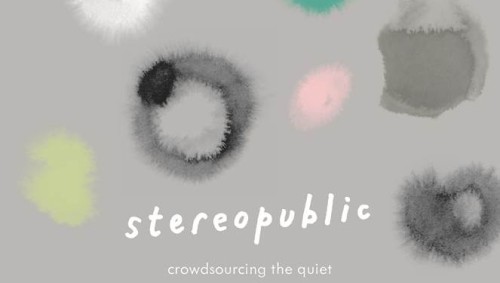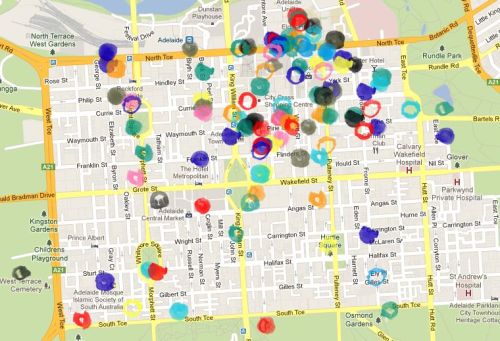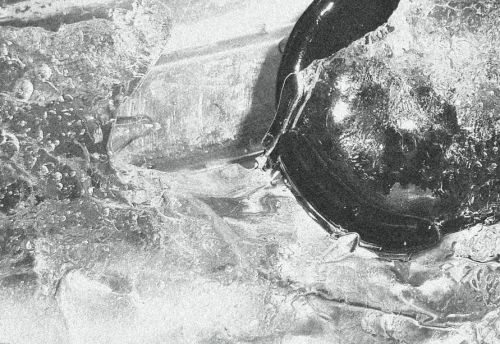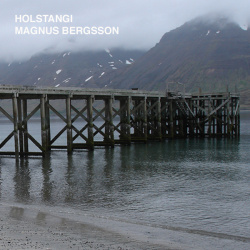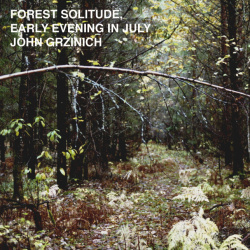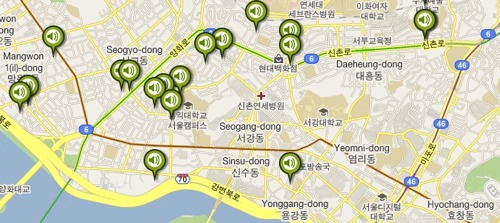Cities & Memory
 Monday, July 28, 2014 at 17:05 tagged
Monday, July 28, 2014 at 17:05 tagged  location-based,
location-based,  memories,
memories,  soundmaps
soundmaps We’ve seen quite a few projects using geolocation lately, from Sterepublic which “crowdsourced the quiet”, to the URB project in Porto, also collecting sound data from locations. The Cities & Memory project is different in the sense that it wants to record the sounds of the actual space, as well as the poetic, underlying space.
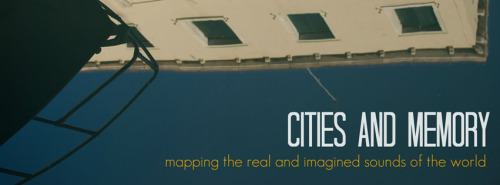
Every faithful field recording document here is accompanied by a reworking, a processing or an interpretation that imagines that place and time as somewhere else, somewhere new. The listener can choose to explore locations through their actual sounds, or explore interpretations of what those places could be – or to flip between the two different sound worlds at leisure.
I think the idea of having both the real field recording and the poetic interpretation side by side is very interesting. Of course this is an interpretation, so bound to be quite subjective. I’m especially curious if we, in time, could figure out a certain sound-vocabulary to describe the poetics of a place. If any, Cities and Memory is a good start!




